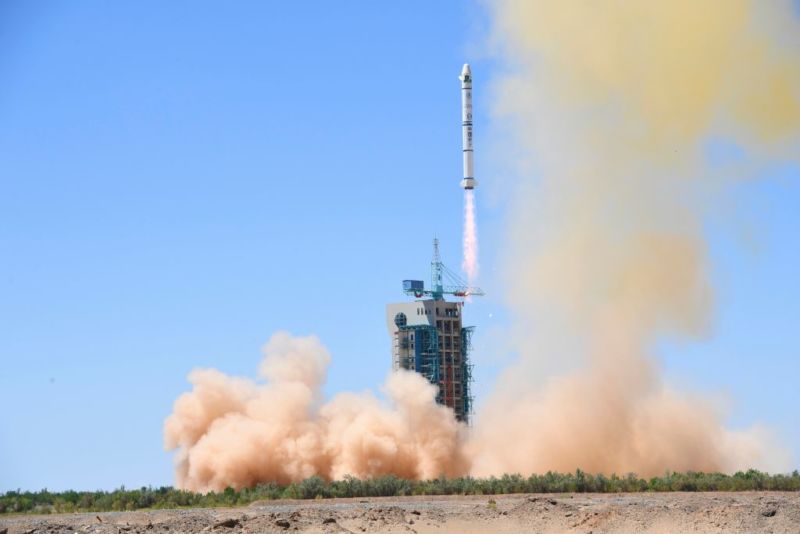China appears to be accelerating development of a super-heavy lift rocket
Ars Technica » Scientific Method 2018-09-19

Enlarge / A Long March-2C rocket carrying two satellites is launched at the Jiuquan Satellite Launch Center on July 9, 2018 in Jiuquan, Gansu Province of China. (Photo by Wang Jiangbo/China News Service/VCG) (credit: Wang Jiangbo/China News Service/VCG)
As part of its long-term planning, Chinese rocket officials have talked for some time about a super-heavy lift rocket that will enable a human lunar program. For this rocket, called the Long March 9, officials have generally cited the 2030 time frame for its maiden launch.
However, at the World Conference on Science Literacy 2018 this week, an engineer with the China National Space Administration, Li Guoping, said the country planned to launch the Long March 9 booster in 2028. This comes as China has successfully ramped up its launch cadence in 2018—it should launch about three dozen orbital rockets this year, more than any other country. The report in the Chinese news service Xinhua did not specify why this larger rocket was now expected to launch two years earlier than previously announced.
A huge rocket
The Long March 9 is an extremely ambitious booster, with a diameter of 10 meters, length of 90 meters, and a proposed lift capacity of 140 tons to low-Earth orbit. Those numbers are on par with the Saturn V rocket that NASA designed and built during the 1960s to carry out the Apollo lunar landing program. It would be roughly equivalent, in terms of capability, to SpaceX's proposed Big Falcon Rocket, although there has been no word from China on whether any part of the Long March 9 might be reusable.